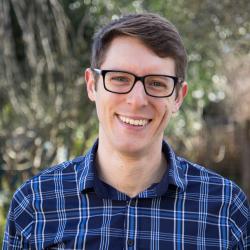I am interested in genomic instability, which is characterised by the rapid accumulation of mutations commonly observed in cancer cells. My particular focus lies in understanding how defective DNA replication and repair mechanisms instigate genomic instability. Having completed a BA in Mathematics at Rutgers University and a PhD in Physics at the University of Oxford, I approach these problems through mathematics and computer science lenses by developing machine learning and high-performance simulation techniques to unravel the underlying causes of DNA replication and repair defects. This approach allows for exploring novel avenues for targeting these defects with therapeutic interventions in human cancer cells and pathogens.
Currently, I am an Assistant Professor of AI in Disease with a joint appointment in the Department of Pathology and the Department of Genetics. I am also a fellow of St. John's College where I am Sub-Director of Studies in Mathematics for Biological Natural Sciences.


